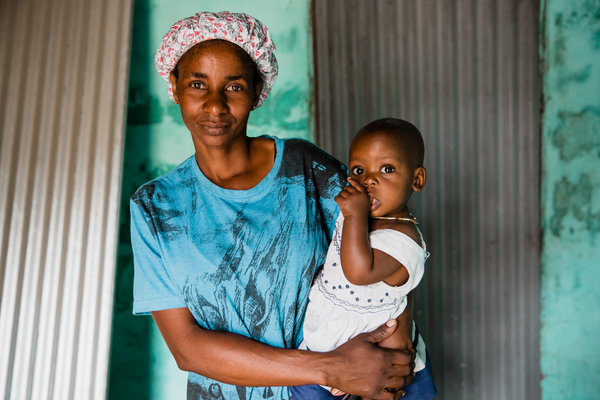How is skin cancer treated?

The most common treatment for non-melanoma skin cancer is surgery under local anaesthetic. A doctor or dermatologist will numb the affected area and cut out the skin cancer in question and some healthy skin tissue. The extracted skin is examined by the pathologist under a microscope to ensure that the cancerous cells have been removed completely. The results from the pathology lab are normally available within a week or so.
If the skin cancer has grown to a larger size, the doctor may need to use what is known as a skin flap or a skin graft to cover the wound. Surgery is likely to result in some form of disfigurement.
Other treatments include curettage, cryotherapy, topical cream treatments, photodynamic therapy or radiotherapy in the event that the cancer cells are in an area which is hard to treat with surgery (typically on the face) or have spread beyond the upper levels of the skin.
Melanoma is the most aggressive form of skin cancer and the recommended treatments will differ depending on the stage of its development.
Stage 0 or in situ melanoma - where the melanoma is at an early stage and has not developed beyond the upper level of the skin. This is most commonly treated with surgery in the same way that the non-melanoma skin cancer is treated as described above. Should the pathologist determine that the melanoma is present at the edges of the biopsy sample, a repeat excision may be considered appropriate. Some doctors may recommend a topical cream treatment, Mohs surgery or radiation therapy instead depending on where the melanoma is on your body.
Stage 1 melanoma - this stage of melanoma is often treated by a wide excision. The size of the excision depends on the size of the affected area as the doctor will need to remove some surrounding healthy tissue too. It may be required to undertake a sentinel lymph node biopsy if there is a risk that the melanoma has spread to the regional lymph nodes. A lymph node dissection may be advised depending on whether the lymph nodes contain cancer cells. It is inconclusive as to whether this dissection can cure melanomas that have spread to the lymph nodes.
Stage 2 melanoma - because the melanoma may have spread to the lymph node, it is likely that a biopsy is recommended. If cancer cells are found in the lymph nodes, dissection will likely be discussed as the next corrective action. Where the cancer cells are found in the lymph nodes in addition to the dissection a doctor may also advise a course of drugs to lower the chances of a recurrence.
Stage 3 melanoma - as the melanoma has already reached the lymph node at this stage, so all of the corrective actions highlighted above at the earlier stages of melanoma are likely. Possible suggested treatments post-surgery include targeted therapy, immunotherapy and chemotherapy.
Stage 4 melanoma - stage 4 melanomas are often hard to cure as they have already spread to lymph nodes and other vital organs. Whilst Stage 4 melanoma is hard to cure, many people respond positively to targeted treatments and survive for many years after being diagnosed.
Melanoma skin cancer is primarily caused by cumulative exposure to the sun.
UPF 50+ sun protective clothing is recommended by dermatologists as the best way to prevent sun burn, skin ageing and melanoma skin cancer.
Solbari Sun Protection is the leading Australian sun protective clothing brand with customers in over 60 countries. Solbari offers an award winning range of sun protective clothing, broad brim sun hats, arm sleeves and umbrellas.
You can find out more about Solbari's sun protective range by clicking the links below:
Women UPF 50+
Men UPF 50+
Sun hats UPF 50+
Accessories UPF 50+
SPF 50+ Sunscreen












